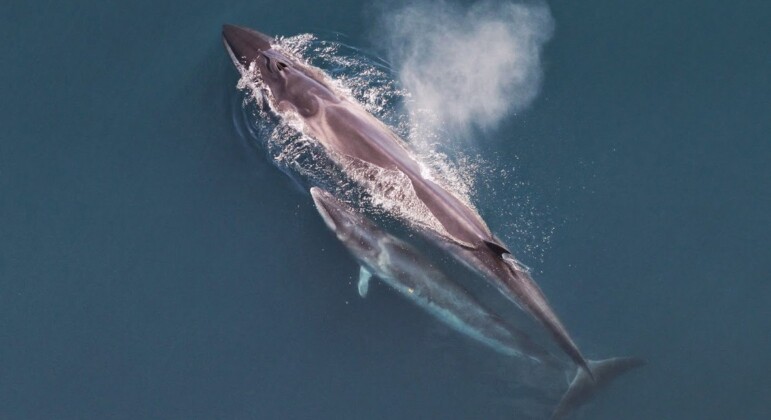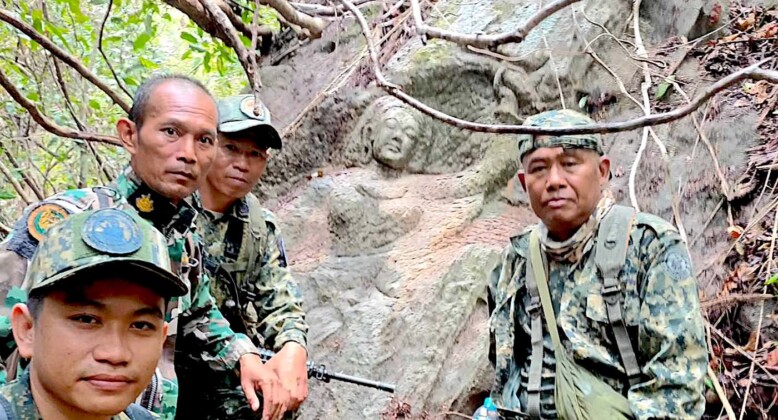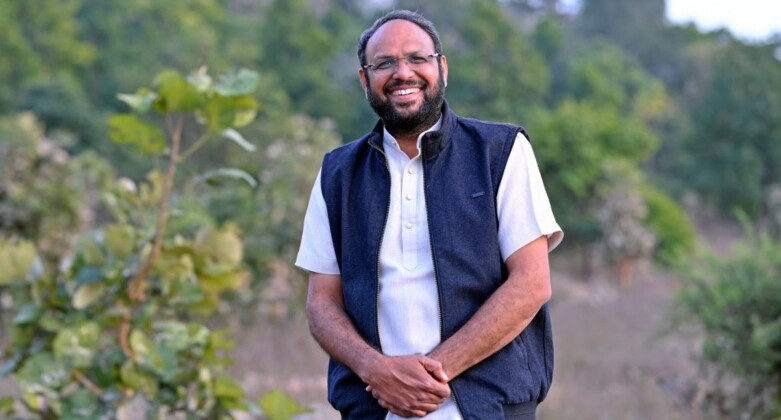Grandmother’s 29-Mile Swim
A 55 year-old grandmother, who describes herself as overweight, became the first woman to swim from San Francisco’s Golden Gate Bridge to the Farallon Islands, a distance of nearly 30 miles.
Amy Appelhans Gubser, a former collegiate swimmer, hadn’t attempted such a feat in 24 years. She faced cold waters, sharks, and jellyfish—all without a wetsuit.
Gubser started her swim at 3:27 a.m., plunging into the waters near her support vessel, and swam for 17 hours, reaching the Farallons after nightfall. An agent from the Marathon Swimmers Federation observed her swim, which is pending verification. If confirmed, she will be the first woman to complete this swim and the first person to do it from the bridge to the islands.
Despite the shark-infested waters, Gubser entered a “meditative state,” interrupted only by snack breaks every thirty minutes.
She chose not to wear a wetsuit to comply with MSF rules, despite the warmth and buoyancy it would have provided. “When you wear a wetsuit, your skin rubs against the material, and I didn’t want my skin to bleed near a shark island,” she said.
Gubser was stung twice by jellyfish during the swim.
She hopes her achievement inspires others and shows that athletic excellence is possible regardless of age and body weight.





